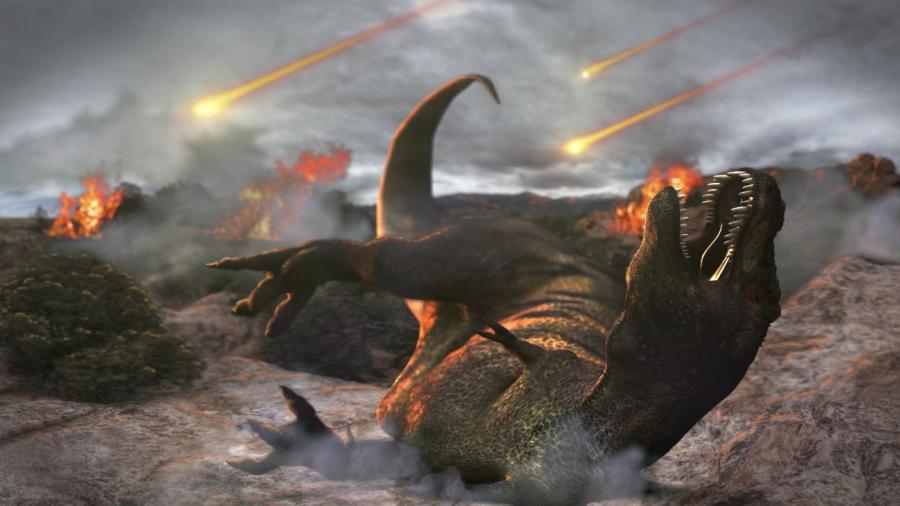What Were the Five Mass Extinctions in Earth’s History?

The five mass extinctions in Earth’s history occurred at or near the end of the Ordovician, Devonian, Permian, Triassic and Cretaceous periods. Four of these served as the effective border between one period and the next, while the Devonian extinction occurred over a period of 20 million years in the Devonian twilight. The species lost in each extinction ranged from between 60 to 96 percent of life on Earth.
The Ordovician extinction occurred in two phases, destroying 60 to 70 percent of all species. The cause was most likely continental shift triggering global cooling, devastating the oceans which were home to all life at the time.
The Devonian extinction was a prolonged event, with as many as seven different waves of extinction occurring by the end of the Devonian period. The causes were most likely varied, but in total the events wiped out 70 percent of all life on the planet.
The Permian extinction was the most severe in Earth’s history, with 96 percent of sea creatures and 90 to 96 percent of land creatures becoming extinct. It may have been caused by a combination of environmental collapse and a catastrophic event.
The Triassic extinction remains a mystery to paleontologists, but over the course of 10,000 years, 70 to 75 percent of all life on Earth vanished. The Cretaceous extinction is the most famous, as it heralded the end of the dinosaurs. At least 75 percent of all species on Earth became extinct, most likely from a series of massive asteroid impacts and the resultant climate change.





